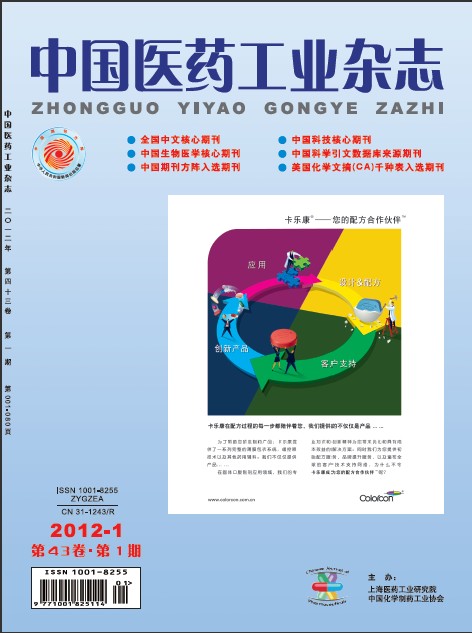YUAN Fang1, PAN Xiao-Liang1, LIN Hai-Xia1, WANG Qing-Li2, CHANG Yan1*
2012, 43(1): 73-78.
Because of the inherent differences between small molecule drugs and large molecule bio-pharmaceuticals, the species specificity, immunogenicity, biological activity and exposure need to be considered for developmental and reproductive toxicity (DART) studies. And DART studies should take a flexible, case management, science-based approach to research. Non-human primate models are used for DART studies when traditional species (such as rodents and rabbit) are not pharmacologically relevant species. If biopharmaceuticals only cross-react with human and chimpanzee, the surrogate molecule, the homologous protein aimed at traditional species can be used as test substance for DART studies. In addition, transgenic animals may also be used for DART studies.
